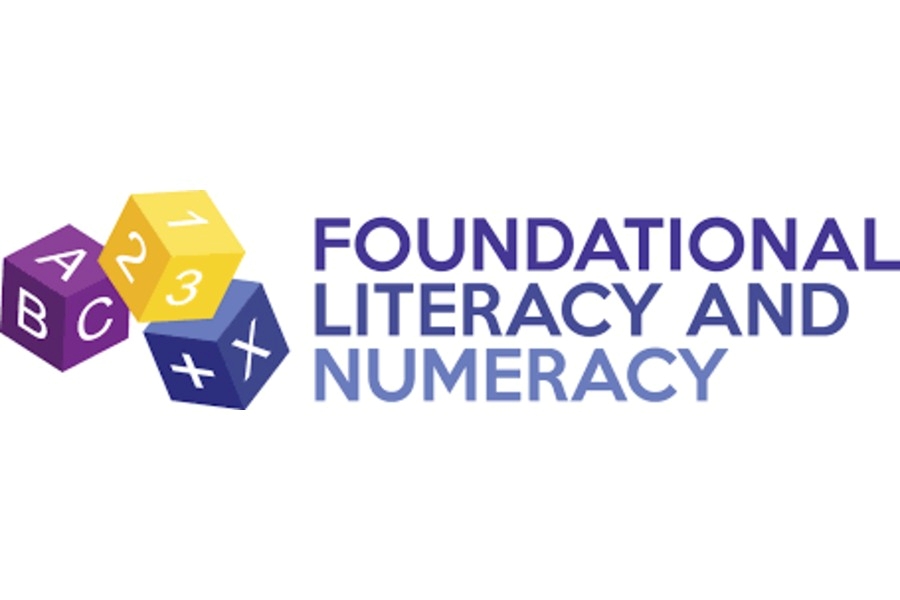New Delhi, June 17 – In a significant regulatory shift, the Ministry of Home Affairs (MHA) has amended the Foreign Contribution (Regulation) Act (FCRA) rules to bar non-governmental organisations receiving foreign funds from publishing any content deemed as “news”. The move is part of a broader governmental strategy to limit foreign influence in India’s information ecosystem and has sparked concern among civil society organisations, researchers, and media rights advocates.
New Compliance Requirements for NGOs
According to the amended FCRA Rule 9(1)(e), any NGO applying for FCRA registration or renewal must now explicitly declare that it is not involved in publishing news or current affairs content. If the organisation is registered under the Registrar of Newspapers for India (RNI), it must also produce a certificate confirming that its publications are not classified as newspapers or news media.
Alongside this, the MHA has introduced additional compliance layers, including:
- Audited financial statements (assets, liabilities, income, and expenditure) for the previous three financial years;
- A Chartered Accountant-certified activity-wise breakdown of expenses, if not already detailed in audit reports;
- Donor commitment letters with exact fund amounts;
- A project-wise expenditure plan and a cap of 20% of foreign contribution to be used for administrative costs.
NGOs are also now required to declare compliance with global standards under the Financial Action Task Force (FATF) framework, signalling a push towards more stringent financial monitoring.
Intended Safeguard or Chilling Effect?
The MHA justifies these changes as a measure to plug loopholes that may allow foreign-funded entities to influence public discourse through seemingly neutral content platforms. However, the amendment’s vague wording—particularly the undefined scope of “news content”—has raised alarm among various stakeholders.
Experts caution that this could encompass a wide range of routine NGO publications, including research briefs, newsletters, field reports, or policy commentaries. For organisations working in areas such as environmental monitoring, education, health, and rural development, this ambiguity presents operational uncertainty and potential legal risk.
“The absence of clarity on what constitutes ‘news’ opens the door for subjective interpretation. Any form of critical documentation, analysis, or commentary could be flagged,” said a Delhi-based policy researcher affiliated with an NGO that publishes environmental data.
Concerns of Overreach and Operational Burden
The development is viewed by many in the non-profit sector as a continuation of the government's increasingly restrictive stance on civil society organisations, particularly those engaging in rights-based work or advocacy.
While large institutions may have the legal resources to navigate these rules, smaller grassroots organisations—especially those working in remote or under-resourced areas—are expected to bear the brunt of the administrative and legal burden.
Moreover, critics argue that the changes reflect an overreach that risks conflating advocacy, education, and transparency with politically sensitive “news” content. There are growing concerns about self-censorship, with organisations likely to avoid publishing any data or narrative that could potentially jeopardise their FCRA status.
Historical Context and Sectoral Impact
This amendment is the latest in a series of FCRA tightening measures seen over the past few years. High-profile organisations such as Amnesty International India, Greenpeace, and the Centre for Policy Research have previously faced restrictions or cancellation of licenses over alleged violations.
These actions, observers note, are changing the landscape of international philanthropy and foreign aid in India. Donor agencies are becoming more cautious, while implementation agencies are increasingly risk-averse in how they communicate program outcomes.
A Moment of Reckoning for Civil Society
For a sector that depends significantly on foreign contributions to drive development programs, undertake research, and fill governance gaps, the policy shift represents a moment of reckoning. The lack of clear definitions, coupled with the broad authority vested in enforcement agencies, could undermine the sector's ability to function transparently and independently.
While the government argues that such regulations are necessary to protect national interests and public order, civil society leaders emphasise the need for a more balanced approach that ensures transparency without stifling legitimate, evidence-based discourse.
What Lies Ahead
Legal challenges to the amendment cannot be ruled out, particularly on grounds of ambiguity and proportionality. The judiciary may ultimately be called upon to delineate the boundaries between foreign-funded communication and constitutionally protected expression.
In the meantime, NGOs are advised to review their content, reassess their compliance mechanisms, and consider legal consultation to ensure alignment with the revised FCRA framework.
TheCSRUniverse Viewpoint:
This development reflects a growing trend of linking financial regulation with content control—a trajectory that could profoundly shape how India’s civil society communicates, educates, and advocates. At a time when grassroots insights and field-based research are critical for informed policymaking and inclusive development, narrowing the space for publication—even inadvertently—could prove counterproductive.
As the sector recalibrates, what will be crucial is the creation of clear interpretive guidelines, fair implementation, and a recognition that open, fact-based discourse is not a threat—but a foundation—for a robust democracy.



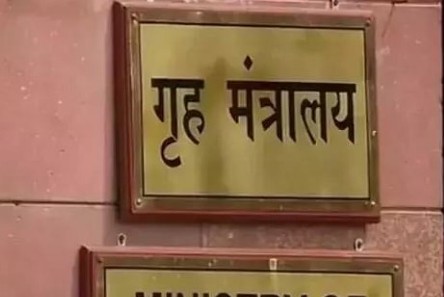



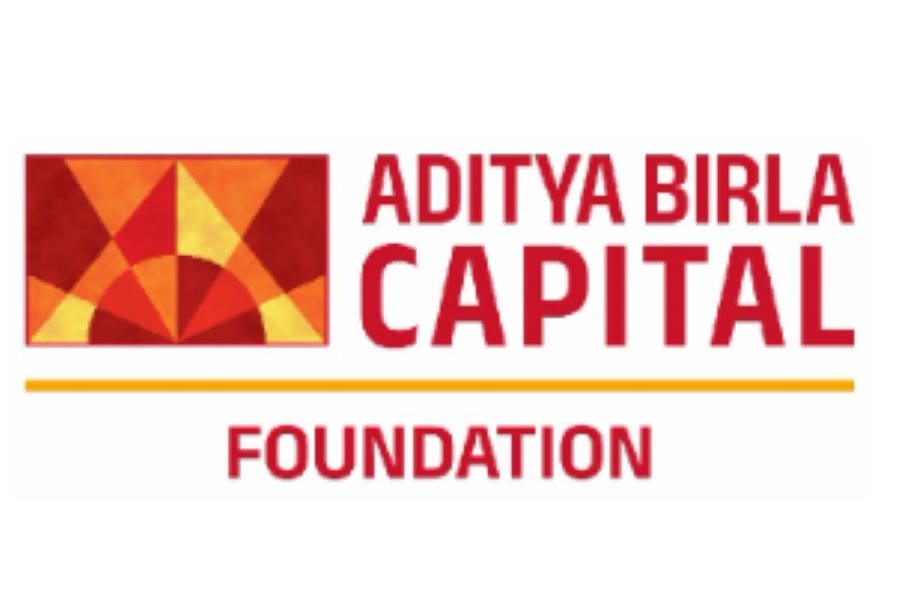



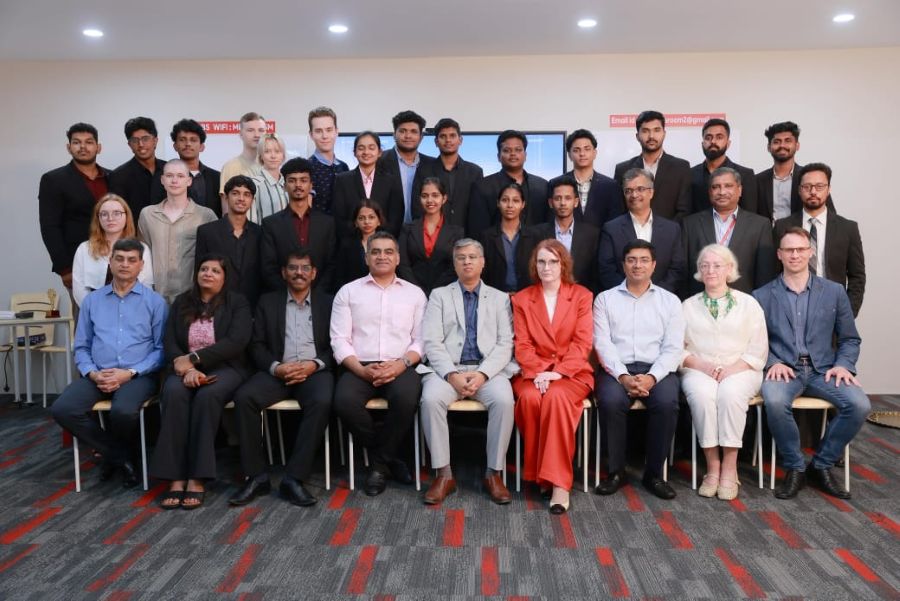

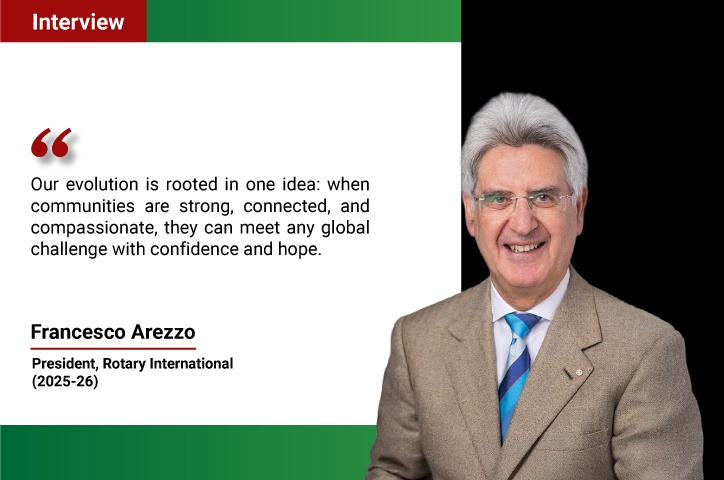



.jpg)
